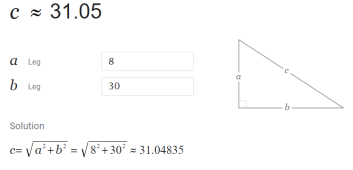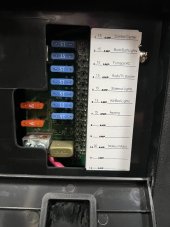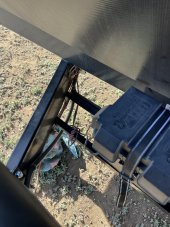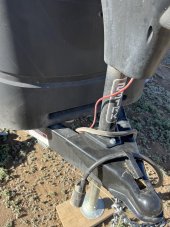JonBartee7
New Member
- Joined
- May 6, 2022
- Messages
- 36
so what would need to change in this setup if I mount the dc2dc converter on the breaker side of the rv?
lynx positive -> |010|030|->isolated_dc2dc_converter.in
lynx negative -> |010|UUU|->isolated_dc2dc_converter.in
dc2dc_converter positive-> | 010|030|->dc_distribution
dc2dc_converter negative <-| 010|030|<-dc_distribution
lynx positive -> |010|030|->isolated_dc2dc_converter.in
lynx negative -> |010|UUU|->isolated_dc2dc_converter.in
dc2dc_converter positive-> | 010|030|->dc_distribution
dc2dc_converter negative <-| 010|030|<-dc_distribution











